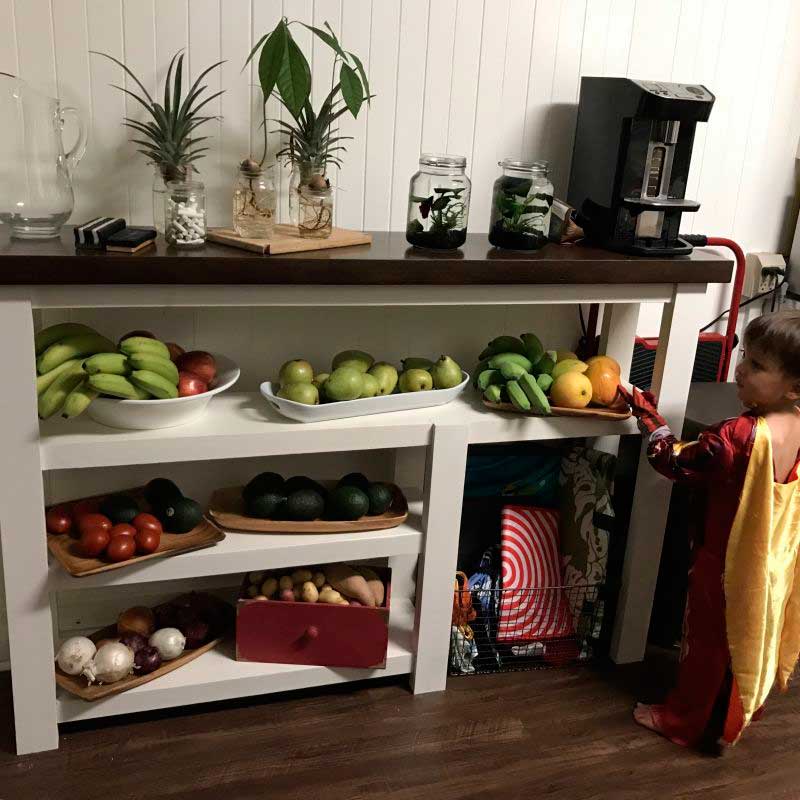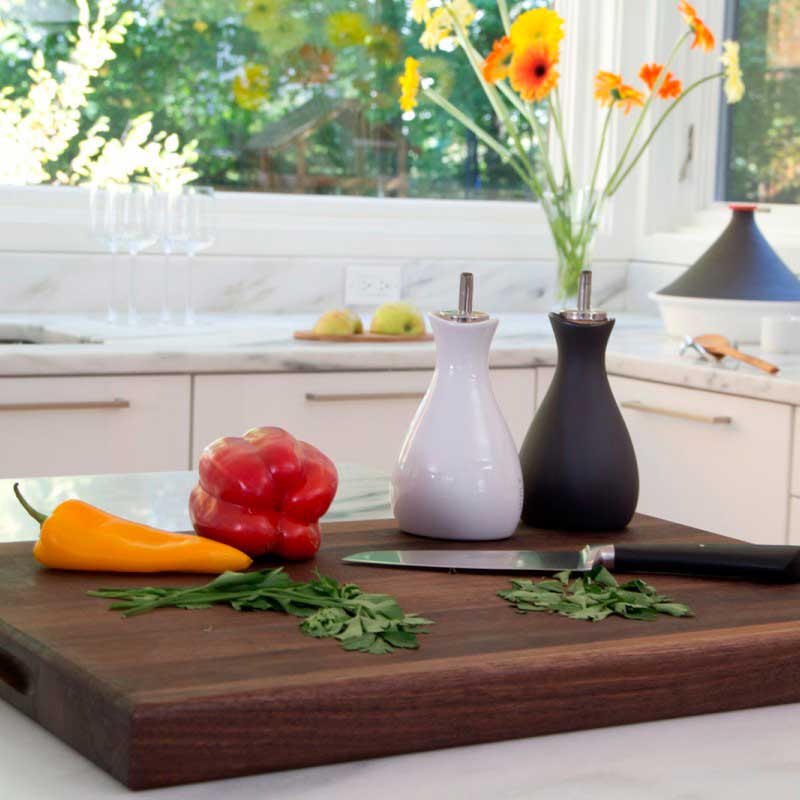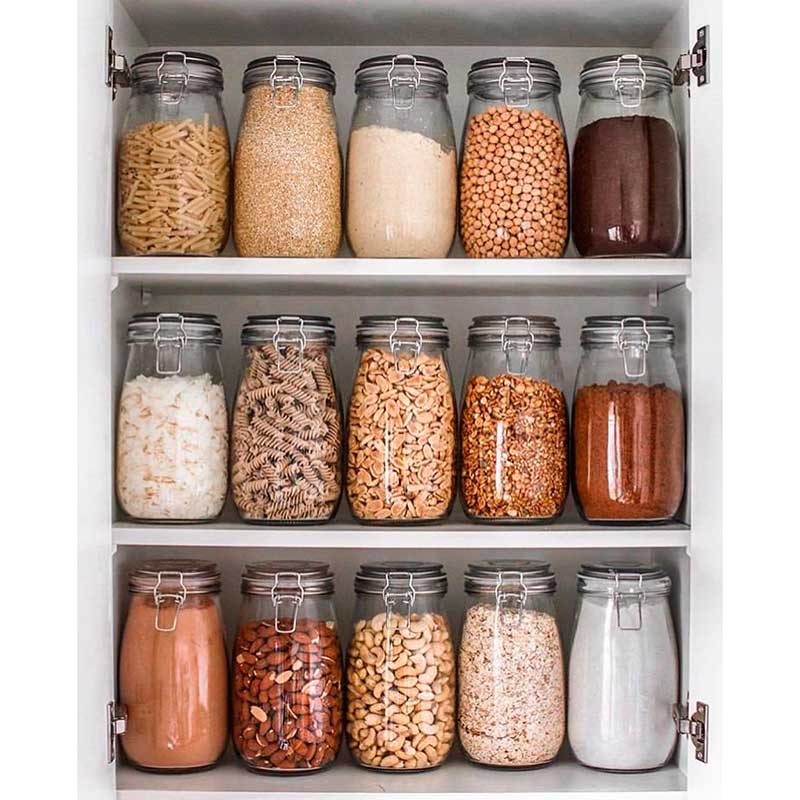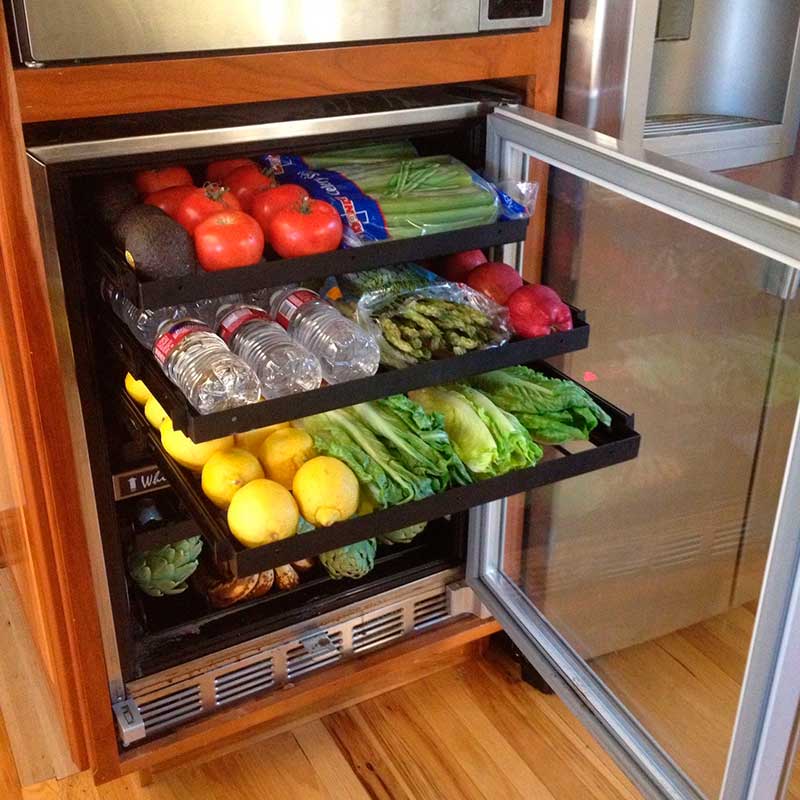If you're very motivated, it probably can't happen in one afternoon to declutter your kitchen. Working in intervals of half an hour is best. Breaking up the assignment over multiple days can help keep the energy up and avoid decision fatigue, which can
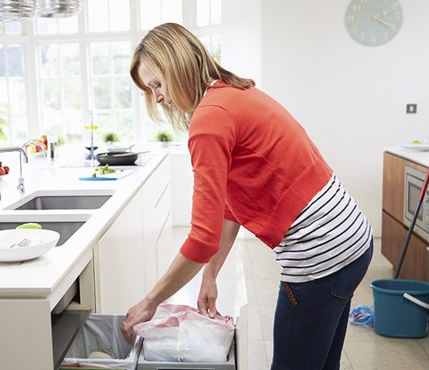 be set in easily as you sort through a large number of items.
be set in easily as you sort through a large number of items.Gather many boxes to store items to donate, items to sell, and items to relocate before you begin. To sort the rest for disposal, you'll also need some garbage and recycling bags. Set your timer for 30 minutes and concentrate intently while the clock is ticking.
It's tempting to start opening cabinets randomly and grabbing items, but this will cause even more confusion and clutter quickly.
Beginning with one drawer or one cabinet is a safer approach. Go through every thing in it and decide whether it should stay or go. If they're going to stay in the kitchen, is that the right place for them? Keep going until every single thing in that drawer or cabinet has been processed.
You can feel stress or anxiety in your kitchen about getting rid of some of the products. What do you do with that expensive bread machine you purchased last year for instance? It cost hundreds of dollars, and to be honest, you only used it a few times. Are you just going to kiss goodbye to the money by getting rid of it?
In your kitchen, there are potentially plenty of things that don't belong there at all. Three Matchbox cars, two coloring books, one unread magazine, a stack of mail I still haven't opened, one toothbrush, a can of tick repellent, and five rubber bands were discovered by one quick glance at my own kitchen countertops. There was more in the spirit of full disclosure, so we'll stop here.
The argument is that clutter draws clutter, and for everyone in the house, kitchen countertops are notorious for being the primary dumping ground.
Without regular cleaning, even the most shiny, simplified kitchen won't remain that way. That's why getting systems in place to capture clutter is so critical when it comes, and it will come.
Start by looking at what is done in the kitchen by you and your family. Yeah, here you're cooking and dining. But what else? To pay bills and look up recipes, you might also use the bathroom. While you cook, your kids could do homework there. The activities you do in this space need to be accommodated by your systems.

